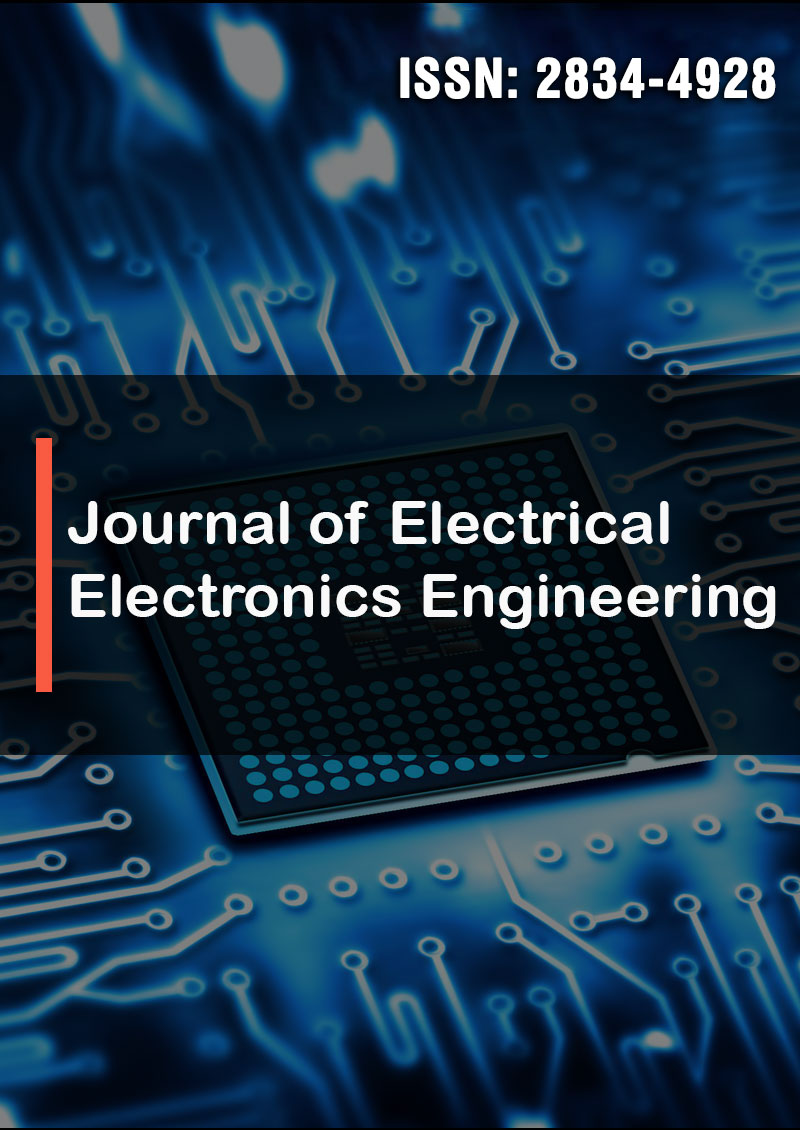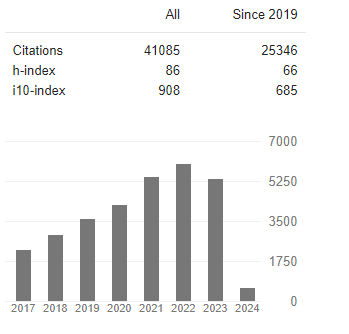Coexistence of Relativity between Observers and the Absoluteness of Inertial Systems
Abstract
Hyoungseok Koh
Einstein derived the Lorentz and its inverse transformations based on the principles of the relativity of the laws of physics and the constancy of light’s speed. However, only the principle of the constancy of light’s speed can induce the Lorentz and its inverse transformations, indicating that the relativity of the laws of physics arises from the constancy of light’s speed. Einstein also assumed that the relativity of inertial systems further establishes the relativity of the laws of physics. However, using light and rigid rulers together enables distinguishing between rest and constant-velocity systems (called the absolute- ness of inertial systems): if the lengths measured by the rigid and light rulers are the same, it is a rest system; otherwise, it is a constant-velocity system. This study presents new interpretations of the twin paradox and Michelson–Morley experiment to explain the coexistence of the relativity between observers and the absoluteness of inertial systems.




